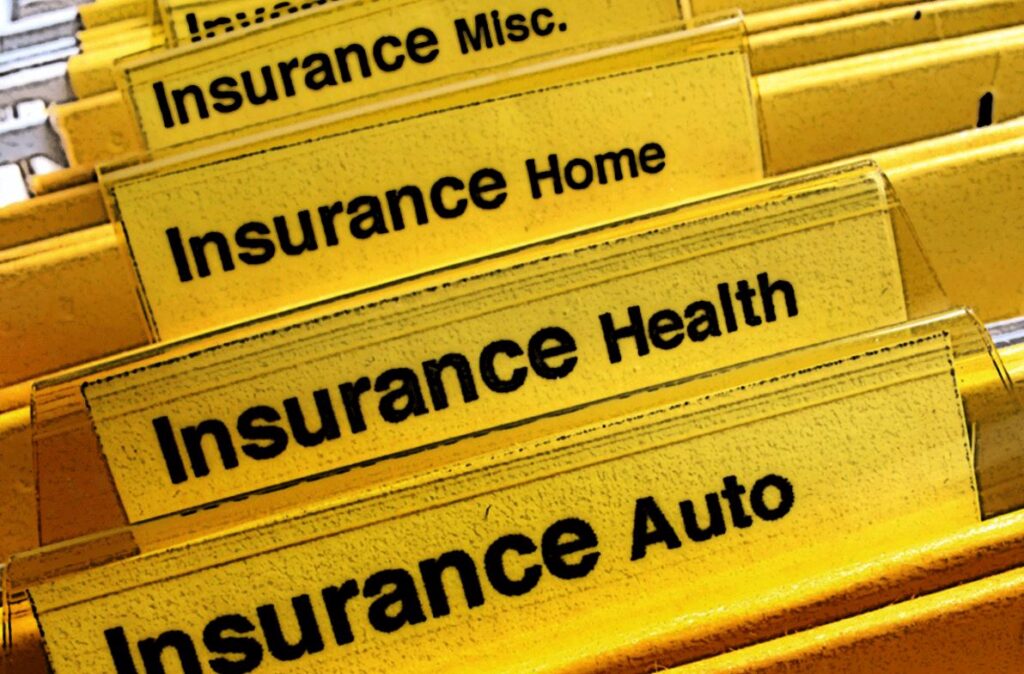7 Things You Might Not Know About Homeowners’ Insurance
Owning a home is one of the most significant investments most people will make in their lives. But protecting that investment requires more than just a strong foundation and a good roof — it demands the right homeowners’ insurance coverage, tailored to your property, location, and lifestyle. Unfortunately, many homeowners operate under false assumptions about what their policies cover and what they don’t. Below, we reveal 7 lesser-known facts about homeowners’ insurance that every property owner should understand.
1. Not All Natural Disasters Are Covered by Standard Policies
While homeowners often believe that their insurance policy protects against every force of nature, the reality is starkly different. Standard homeowners’ insurance does not cover all natural disasters. Events such as earthquakes, floods, and landslides typically require separate, specialized policies.
For example, if your home is in a flood-prone zone, your regular insurance won’t help when rising waters damage your basement or destroy your belongings. The National Flood Insurance Program (NFIP) or private flood insurance may be necessary. Similarly, those living near seismic zones should seriously consider earthquake insurance, which is not included in most standard plans. Always assess regional risks and supplement your policy accordingly to ensure you’re protected from every angle.
2. Homeowners’ Insurance Should Be Reviewed Annually
Your home and lifestyle don’t remain static—and neither should your insurance coverage. As homeowners renovate, acquire high-value items, or invest in smart home upgrades, their insurance needs evolve. An outdated policy might leave you underinsured, especially if the cost to rebuild your home has increased due to inflation, labor costs, or material shortages.
We recommend conducting an annual insurance review with a licensed agent. This proactive step ensures your dwelling coverage, personal property limits, and liability protections remain aligned with your current circumstances. It’s also a great time to explore discounts, such as for updated roofing, security systems, or bundling with auto insurance.
3. Where You Live Directly Impacts Your Insurance Premium
Geographic location plays a crucial role in determining homeowners’ insurance premiums. Factors such as crime rates, proximity to emergency services, and natural disaster risk zones all influence how much you’ll pay.
Urban homeowners may pay more due to higher replacement costs, increased theft risk, or older infrastructure. In contrast, rural properties might see lower premiums, but they can also face higher rates if they are far from fire hydrants or lack adequate fire department access. Coastal regions often demand windstorm riders or additional hurricane coverage. In short, your address does more than receive your mail — it sets the tone for your insurance policy.
4. Lender-Required Coverage May Be Inadequate
Mortgage lenders require borrowers to carry homeowners’ insurance as a condition of the loan, but the minimum coverage dictated by your lender may not reflect the actual replacement cost of your home. In many cases, lender-required policies only cover the outstanding mortgage balance, not the full cost to rebuild your home from the ground up after a disaster.
This means homeowners relying solely on lender coverage could face tens or hundreds of thousands of dollars in out-of-pocket expenses in the event of a total loss. It is essential to consult with a licensed insurance agent to calculate the true replacement value of your home — factoring in current construction costs, architectural features, and local labor rates — and ensure that your policy provides full coverage beyond lender minimums.
5. Poor Home Maintenance Can Void Your Insurance Claim
One of the most overlooked aspects of homeowners’ insurance is the requirement for routine home maintenance. Insurers expect policyholders to keep their property in good condition, and claims arising from neglect are often denied.
For example, if clogged gutters lead to roof leaks, or unchecked mold spreads through your walls, your insurer might determine that the damage was preventable and refuse to pay the claim. Similarly, a claim for structural damage caused by long-term termite infestation may be rejected if it’s proven that regular inspections weren’t conducted. Keeping your home clean, secure, and well-maintained isn’t just good practice — it’s a necessary step to ensure your insurance remains valid.
6. Regional Insurance Requirements Vary Significantly
Insurance is not one-size-fits-all, and local regulations and risks influence the structure of your policy. For example, windstorm insurance is often mandatory in coastal states but considered optional elsewhere. Some states have hurricane deductibles that apply only when a named storm occurs, while others offer optional endorsements for similar events.
Homeowners in wildfire-prone regions like California may need fire-specific insurance or face higher premiums due to elevated risk. Those in the Midwest might require tornado protection or hail coverage. It’s vital to understand your regional risk profile and work with an insurance provider who is familiar with local laws and environmental concerns, ensuring that your policy reflects regional realities, not just generic coverage.
7. Older Homes Often Cost More to Insure
While charming and full of character, older homes typically cost more to insure. The reasons are many: aging electrical systems, outdated plumbing, lead paint, or even ornate architectural elements that are expensive to replace or repair.
Insurers view older homes as higher risk due to potential compliance issues with modern building codes and the difficulty in matching historical materials. In some cases, you may be required to purchase an ordinance or law endorsement, which covers the cost to rebuild your home according to current building codes after a loss.
Additionally, homeowners with vintage properties should consider extended replacement cost coverage, which provides extra financial protection in case rebuilding exceeds standard policy limits due to hidden damage or historical preservation requirements.
Final Thoughts: A Smarter Approach to Homeowners’ Insurance
Homeowners’ insurance is not merely a checkbox item — it’s a comprehensive financial shield that protects your largest asset. Yet, too many property owners remain unaware of policy limitations, exclusions, and necessary endorsements, placing their investments and families at risk.
We urge homeowners to treat insurance as a dynamic contract, not a static obligation. Take the time to understand the nuances of your policy, from disaster exclusions to regional requirements, and review your coverage annually. Work with a trusted, experienced insurance agent who can guide you through updates, recommend additional coverage where necessary, and advocate for you in the claims process.
By being informed, proactive, and thorough, you ensure that your policy serves its true purpose: providing peace of mind in the face of life’s unexpected challenges.
Keywords targeted: homeowners insurance, natural disaster insurance exclusions, home insurance premiums, insurance for older homes, regional insurance coverage, insurance claim denial, home insurance policy review.





















